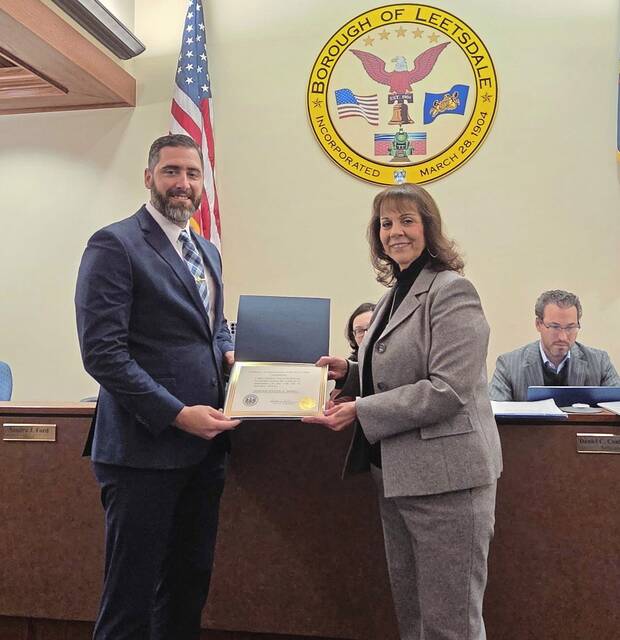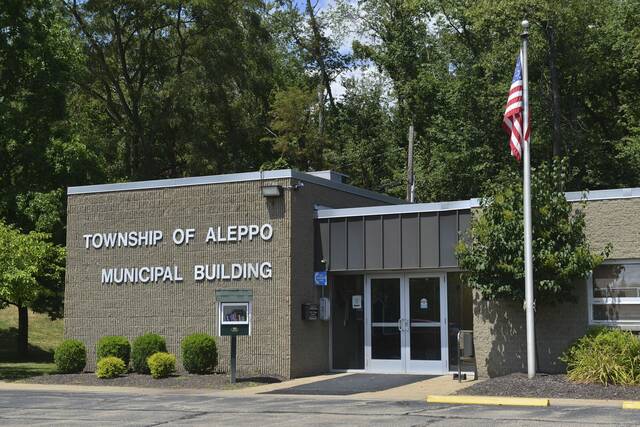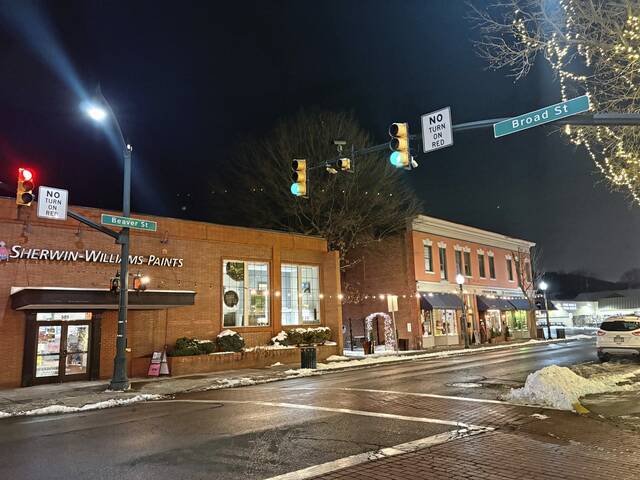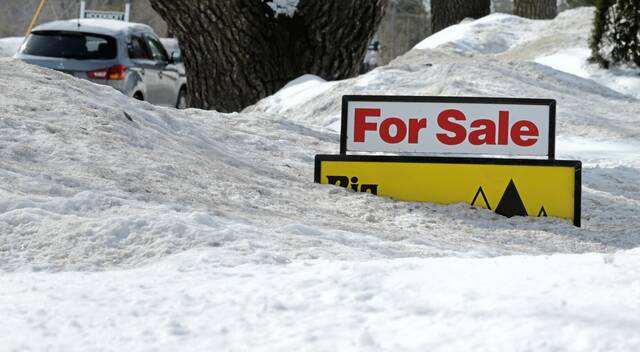Quaker Valley School District has estimated the tax impact on property owners for three options developed to replace the 100-year-old high school building.
A so-called “base” option, which involves renovating and expanding the current building, carries a price tag of about $73 million.
Financing a $73 million project would cost the owner of a property assessed at the district’s median value of $227,850 an additional $206 a year.
While renovating and expanding the existing building is the cheapest option, district officials say it was not a viable alternative.
“Renovating and expanding is complex and costly,” said district Assistant Superintendent Andrew Surloff during a recent online presentation.
In addition to the considerable disruption to the high school campus, the district would have to rent high-cost portable classrooms while the building is being renovated.
Surloff said the current site also is not “build ready.”
“The expansion onto the back driveway and hillside has several geotechnical challenges,” he said, noting that there are concerns about the deep foundation needed to enlarge the building as well as a coal seam that runs along the property.
Because of the existing building’s configuration, the expansion would result in roughly 40,000 square feet of unusable space “that has to be maintained, heated and cooled,” Surloff said.
“We know that a new facility will cost more than $72 million,” he said. “But the school board and the administration believes that difference has a tremendous value for this community for the next 100 years.”
Renovation and expansion also would not address some of the current high school’s most pressing problems — limited accessibility, traffic congestion and insufficient parking. About 70% of the high school’s 14-acre property also is located in a flood plain.
Because of the negative factors associated with refurbishing the old building, district officials are leaning toward constructing a new building on a 150-acre site they’ve already purchased along Camp Meeting and Little Sewickley Creek roads.
The price tag for a new building ranges from $87 million to $95 million, depending on the number of additional features added to the project, said Scott Antoline, the district’s director of finance and operations.
In addition to a new building that meet’s the district’s current needs, some of features that could be included in a $87-million project include additional classrooms for physical education and health, a business and marketing lab, additional space in the building’s “shell” for future development, tennis courts and a recreation field.
Taxpayers would have to pay an additional $272 a year in in property tax to finance an $87 million building.
Adding additional features to the project, such as a field house and orchestra room, would bump the price up to about $95 million, which would add about $305 a year to residents’ tax bills.
“Although we have yet to retain an architect to begin the actual project design and bid phases, we wanted to provide the community with a budgetary framework and potential tax impact to guide necessary input and fiscal responsibility throughout the process,” Antoline said.
Antoline said selecting what features to include will be done with input from consultants and the public.
“As these options have yet to be vetted by the school board and community, we created two scenarios to encompass the full cost estimate range and provide a framework for the incremental impact of such options,” he said.
“We’ll continue to hold public meetings to discuss the projects and once we have the architects and engineers on board, we’ll be in a better position to decide what we want to include,” the finance director said.
Anoline said tax increases to finance the high school project would be spread over several years.
The school board approved a 0.565-mill tax increase in June 2019 for the 2019-20 school year, which increased the millage rate to 19.4711 mills.
The board held the line on taxes for the 2020-21 school year.
The current 19.4711 mill rate means the owner of a property valued at $227,850, which is the median value for the district, will pay about $4,436 a year in real estate taxes to finance school operations.
The Quaker Valley School District serves 11 municipalities.








